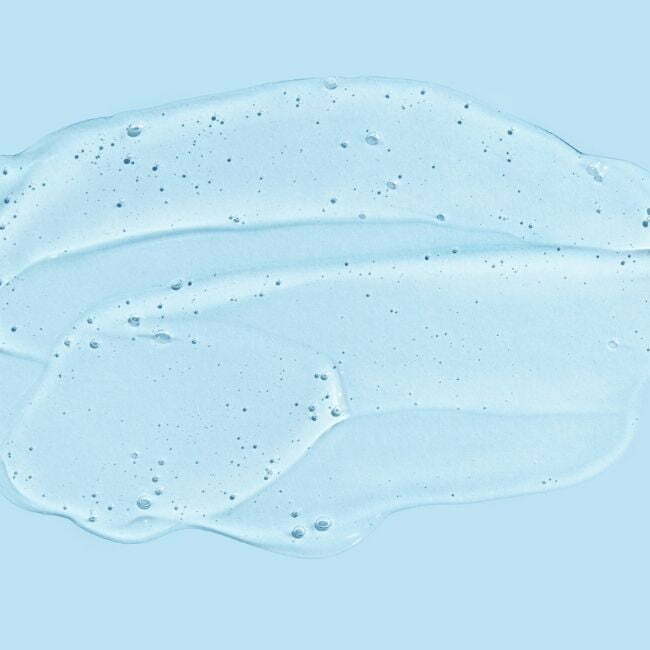Thanks to their physical and chemical properties, polysaccharides, also known as polycarbohydrates or complex sugars, find broad application in the foodstuffs, pharmaceutical and cosmetic industries. What are their distinctive features and role in cosmetics?
Properties of polysaccharides
Polysaccharides are compounds of high molecular weight, made up of repeating monosaccharide units and their derivatives. In contrast to monosaccharides, they are water insoluble or form colloidal suspensions. Usually they have no taste or smell. Upon contact with water, they frequently display water-binding hydrogel properties, producing a moisturizing effect, highly appreciated in cosmetics as preventing drying out of the skin.
Popular polysaccharides in cosmetics
Cosmetic ingredient lists show many polysaccharides, used both as auxiliary substances, as well as the care or healing agents. Many of them are natural products, obtained from plants, fungi, algae, or even crustaceans and bacteria. What are the applications of the most popular polysaccharides in the cosmetic industry?
Starch
Starch, containing amylopectins, is derived from potatoes, corn, rice, wheat and oats. Thanks to its swelling and hydrogel properties, it may be used as a thickening and emulsion stabilizing agent in cosmetic mass, and a filling ingredient in fluids and powders.
Furthermore, it effectively absorbs excess sebum and skin water, which makes it a useful ingredient of deodorants and antiperspirants. It may also improve skin adhesion and coverage of “pressed” cosmetics, such as bronzers, blushers and eye shadows.
Cellulose and its derivatives
In cosmetics, cellulose is used in its microcrystalline form, i.e. crystals of 20-150 nm. Upon contact with water, its unique structure leads to the creation of gels. It also shows emulsion stabilizing properties and prevents separation of liquid and solid ingredients.
Other derivative applications of cellulose include improving the structure of masks and toothpastes, as well as viscosity regulation in shampoos and shaving creams.
Hyaluronic acid
A popular ingredient of cosmetics, hyaluronic acid – a glycosaminoglycan, is a substance present in all living organisms. By binding water in the epidermis, the hyaluronic acid makes the skin firmer and suppler, prevents its drying out and shows anti-ageing properties. It is also used in some cosmetics as a carrier, facilitating the transport of the product’s active ingredients deeper into the skin layers.

Sodium hyaluronate
Available quality:
- LMW1: 8K Da–20K Da
- LMW2: 20K Da–50K Da
- LMW3: 50K Da– 100K Da
- CLMW: 100K~500K Da
- CMMW: 0.5M~0.8M Da
- MMW: 0.8M~1.5M Da
- CHMW: 1.5M~1.8M Da
- HMW: 1.8~3.0M Da
Chitin
Chitin is a polysaccharide present in the cell walls of bacteria, fungi and algae, made up of β-glucosamine molecules with β(1-4)-glycosidic bonds. Alike chitosan, chitin is used in products facilitating the healing of wounds, and it prevents formation of scarring tissue.

Chitosan
Chitosan is a derivative of chitin. It’s widely applied in medicine since it’ s great for stopping hemorrhages and dressing wounds.
Chitosan is also a well-known dietary supplement that helps to lose weight. It’s an organic compound belonging to the group of polysaccharides. The supplement isn’t digested by the human body.
Sodium Alginate
Sodium alginate is another popular polysaccharide that can be obtained from algae. It is able to thicken and gelate of solutions, which makes it a useful ingredient in the foodstuffs industry, identified as E401 additive. It is also used in the cosmetic industry, primarily as a moisture-locking agent and thickener.
You will find it in the ingredient list of lipsticks (as it make the product stay on the lips), as well as in ointments and balms (for its skin moisturizing properties). Sodium alginate has moisturizing, nutritional, firming and suppling effects, as well as mitigates skin irritation and reddening.
Literature:
https://biotechnologia.pl/kosmetologia/naturalne-polimery-stosowane-w-kosmetyce,15232
https://portal.abczdrowie.pl/polisacharydy


